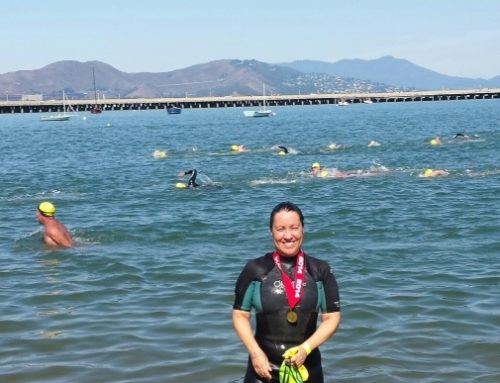 “Conduct Best Practices Research” is the fourth in a blog series that provides a high-level process roadmap for structuring a student services redesign initiative. This process can be applied in all higher education institutions for entire student services organizations or individual departments. To review this blog series from the beginning, click <here>.
“Conduct Best Practices Research” is the fourth in a blog series that provides a high-level process roadmap for structuring a student services redesign initiative. This process can be applied in all higher education institutions for entire student services organizations or individual departments. To review this blog series from the beginning, click <here>.
The goal of this phase is to gather insight from external sources to help transform the student services organization. The outcome for best practices research is to generate ideas to innovate student services. Here are 5 possible research options to help change the model:
1. Evaluate best practice student service models.
Identify improvement opportunities to optimize the end-to-end student experience. Understand organizational models that support a shift from a function driven to a purpose driven support model. Cast a wide net when evaluating student services models- review institutions of all sizes.
2. Evaluate individual service areas.
Select one or two individual departments that require the most innovation. Identify external institutions that are considered forward thinking in how they approach these service areas. Examples may include student recruitment models that leverage social media or career services that leverage non-traditional pathways for job placement support.
3. Conduct student demographic market research.
Leverage student demographic data from the institutional research organization. Use this data as a baseline and determine if there is additional information required to understand the needs of your student populations. Depth of understanding will provide context for how services need to change to maximize the student experience.
4. Conduct peer institution research.
Look at peer institutions and what can be learned from them. Determine which elements of their models may work well in your institution. How are these institutions leveraging resources differently? What differs in the overall student experience?
5. Understand overall trends and potential disruptors to higher education.
Consider MOOCs and other recent innovations that pose the potential for major institutional change. Try to estimate how trends in these ancillary areas affect the student experience and the potential to influence student service offerings.
Question to consider:
1. Review the State of Student Services Assessment Brief from Phase 2. What other research data may be helpful in redesigning student services?
Questions about this phase or how to begin a student redesign initiative? Contact me at
dianna@sadlouskos.com.




